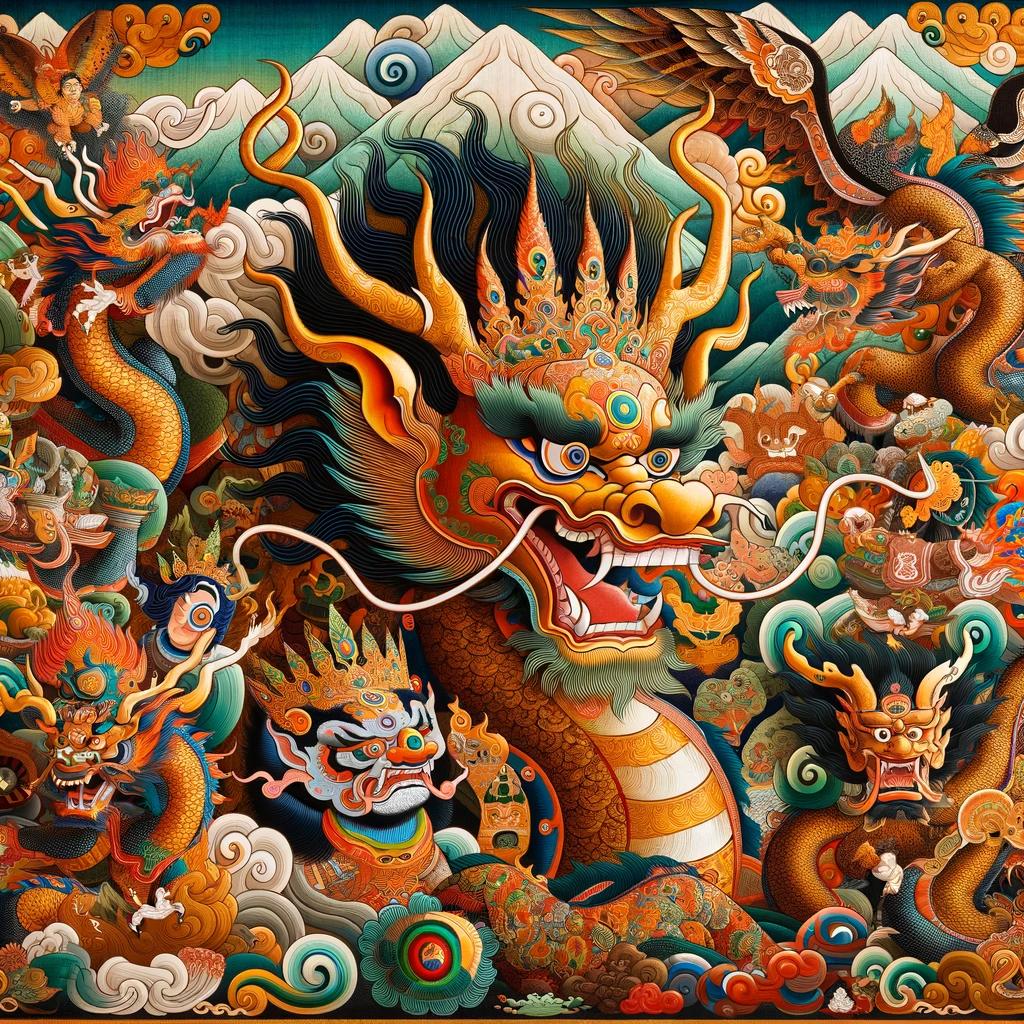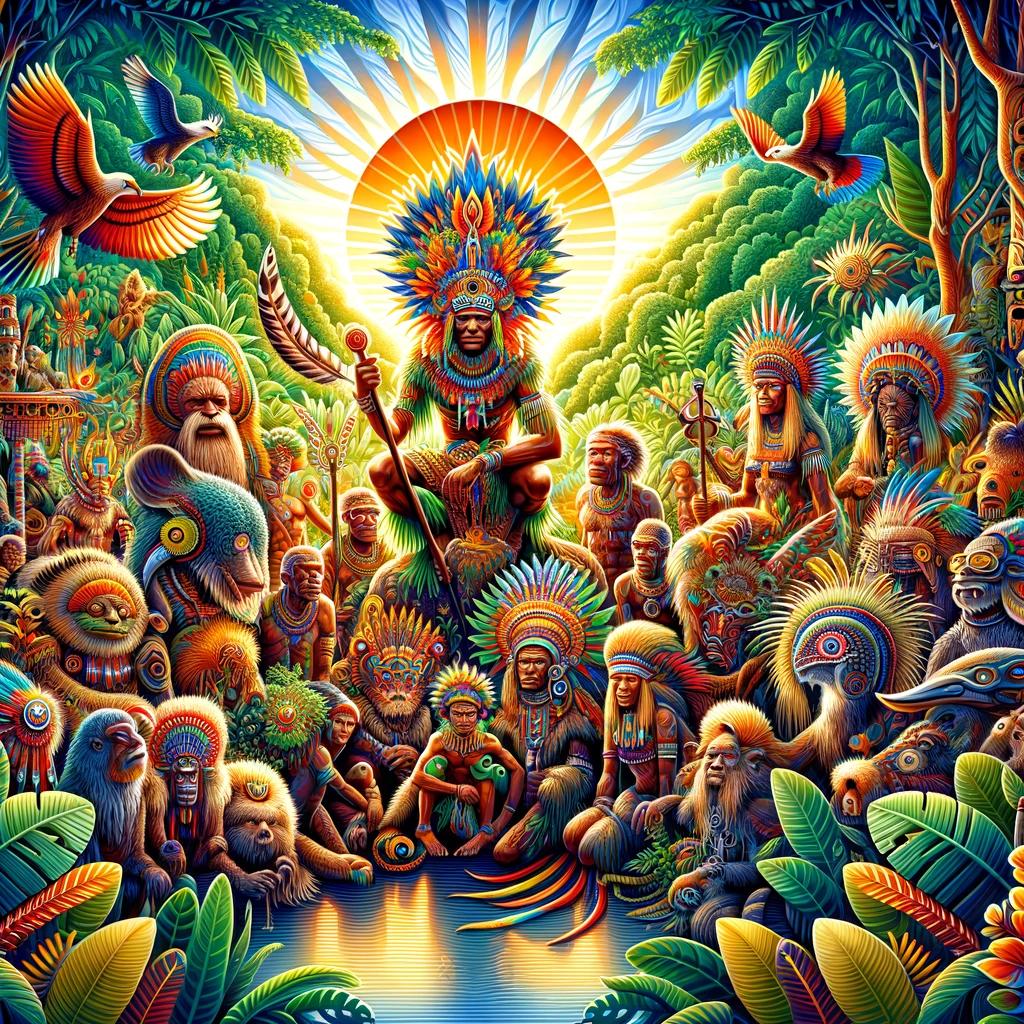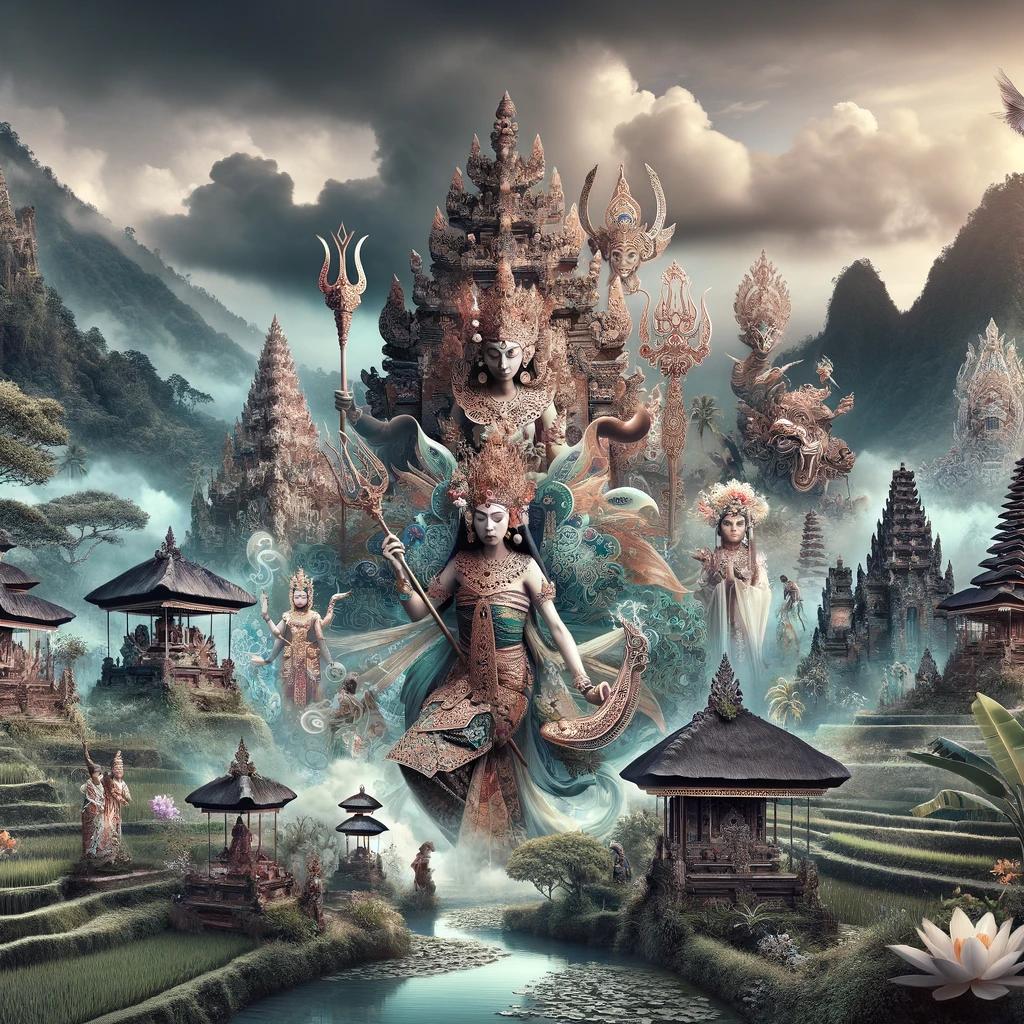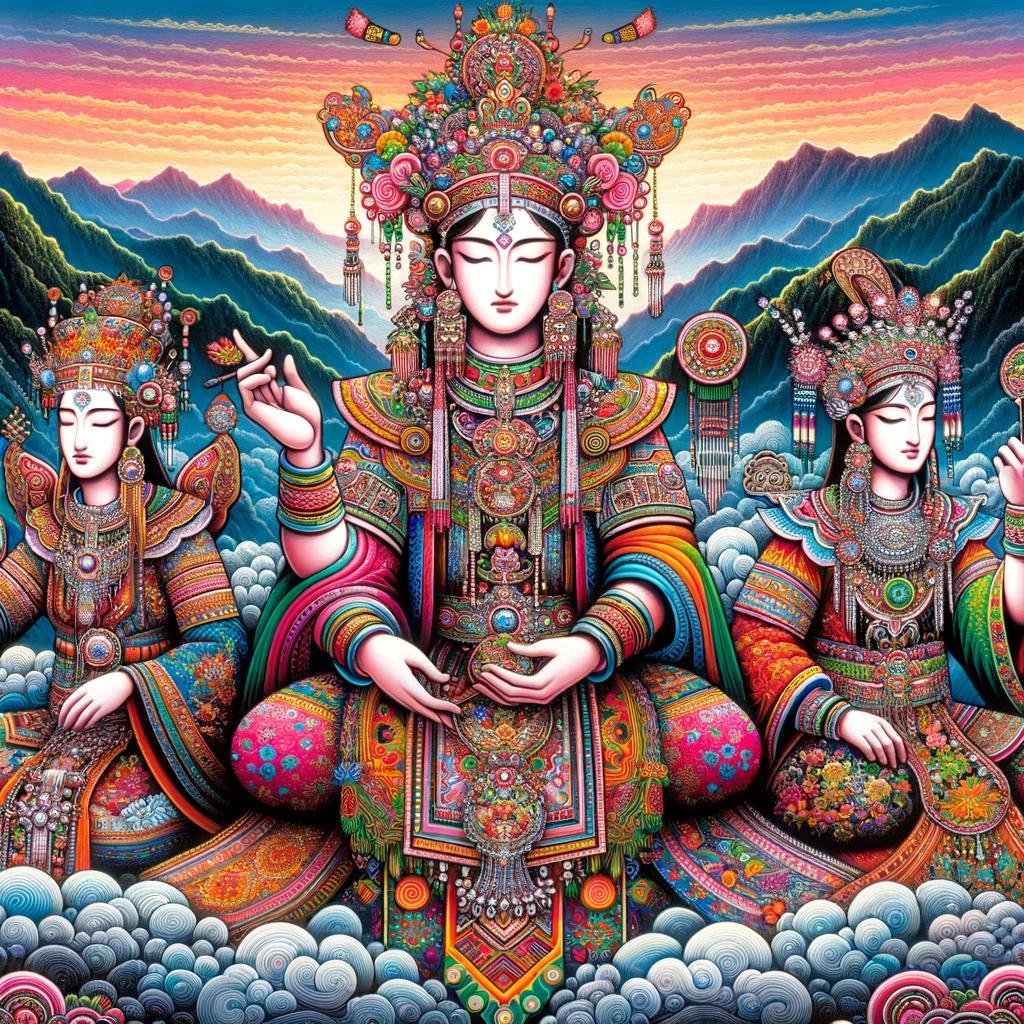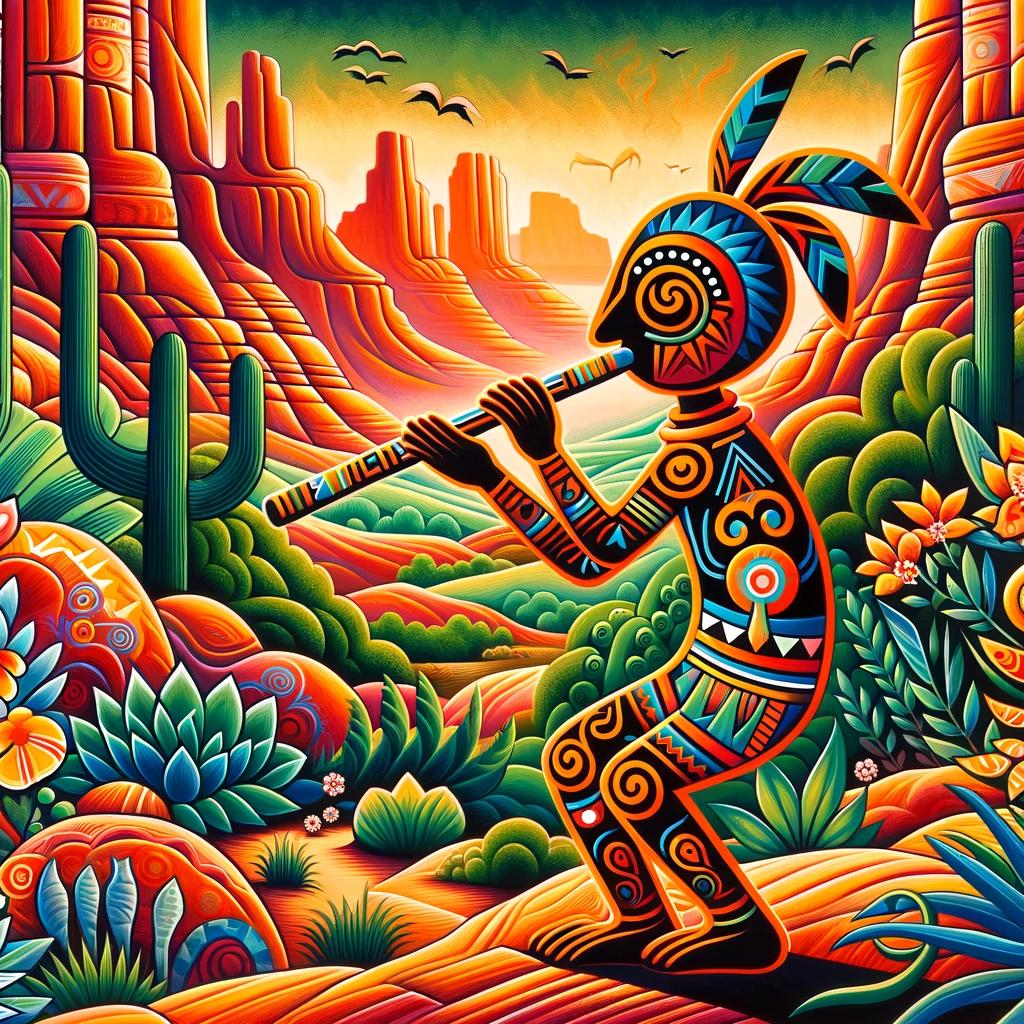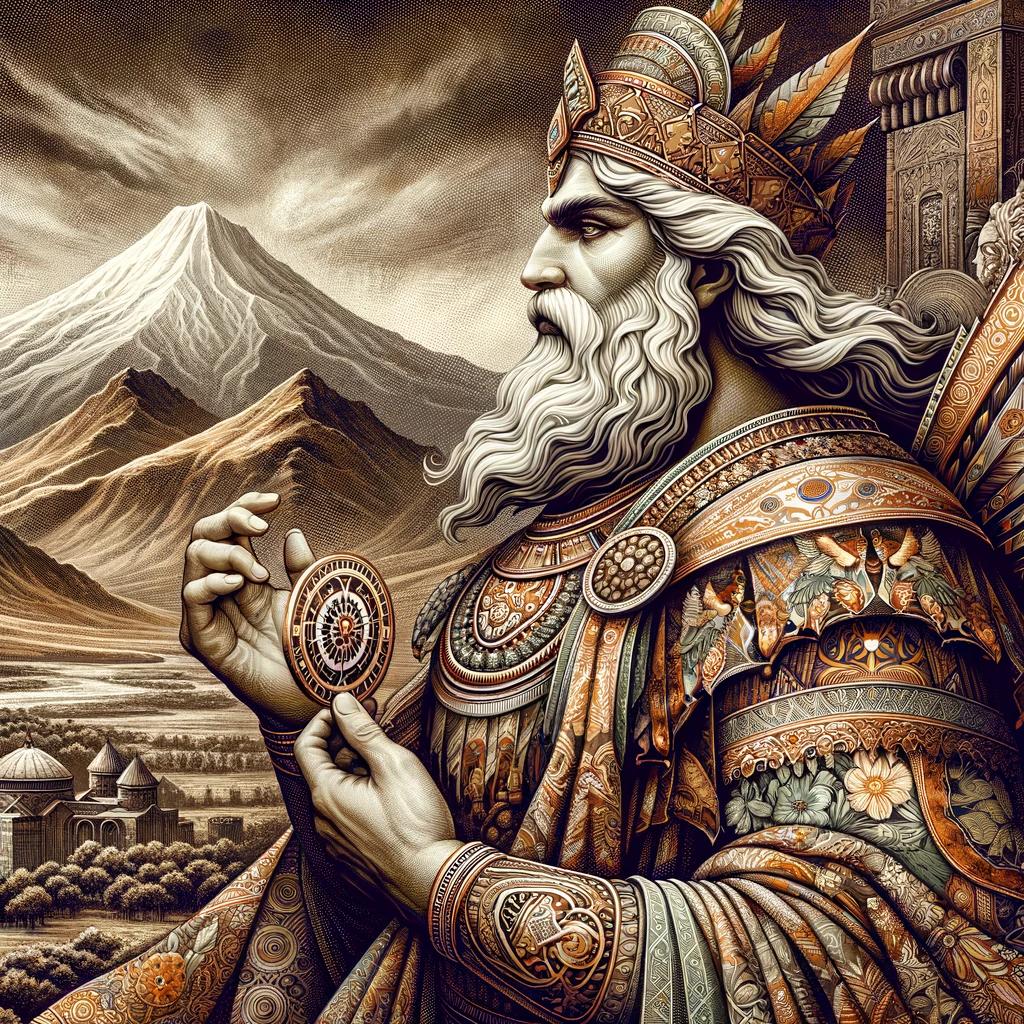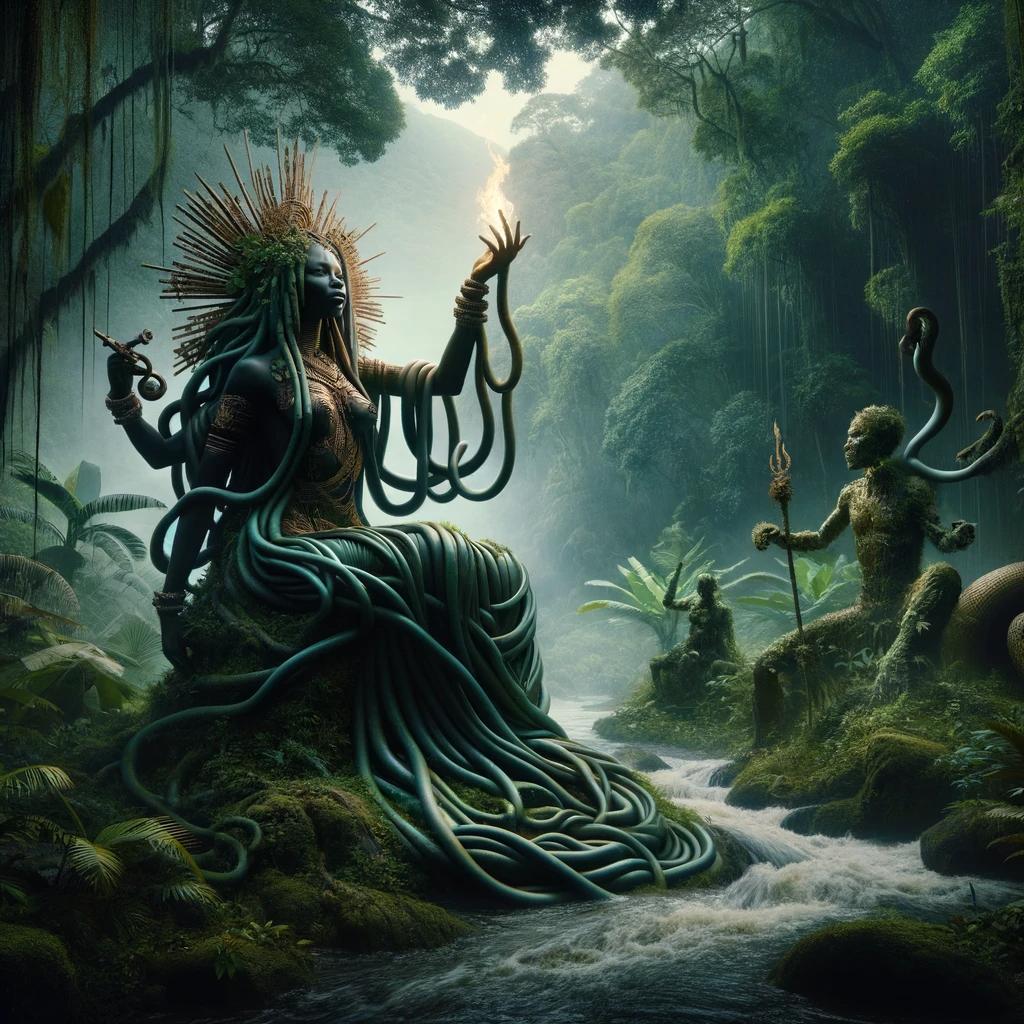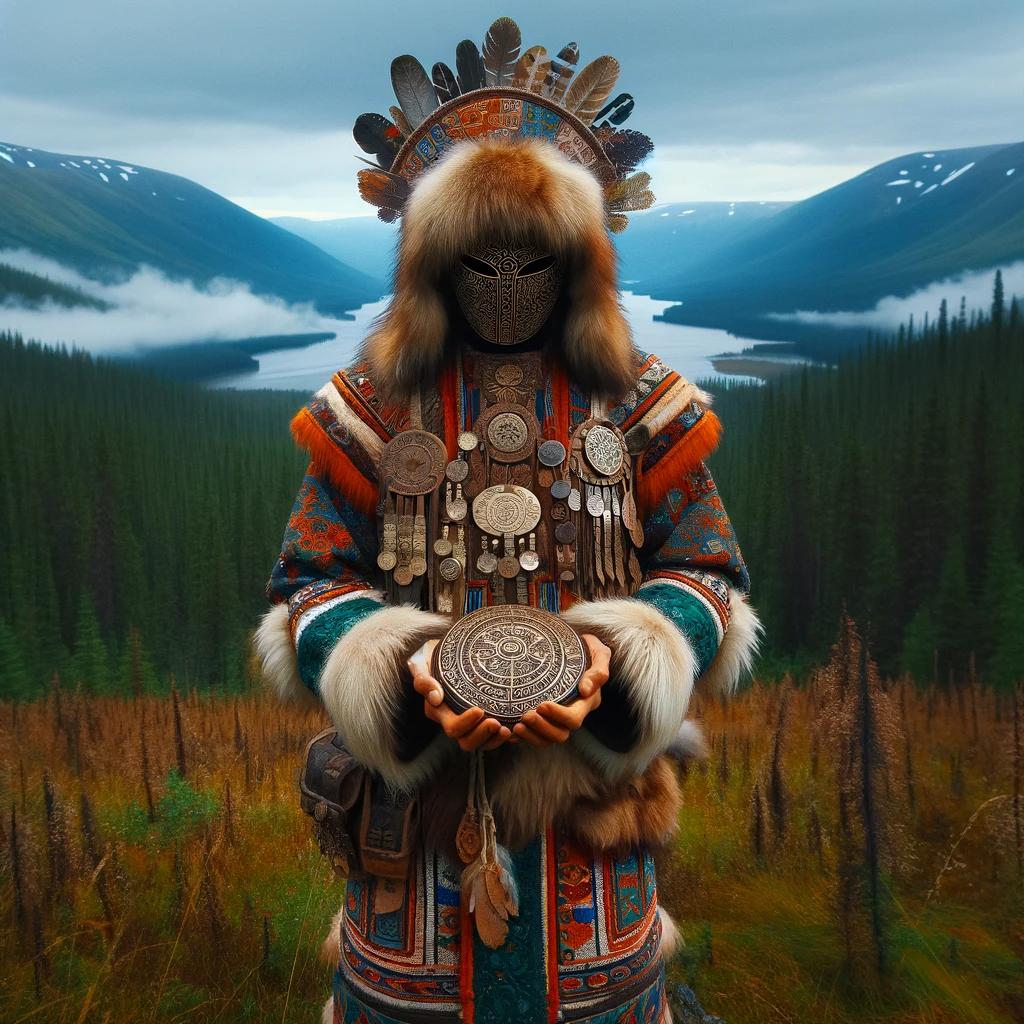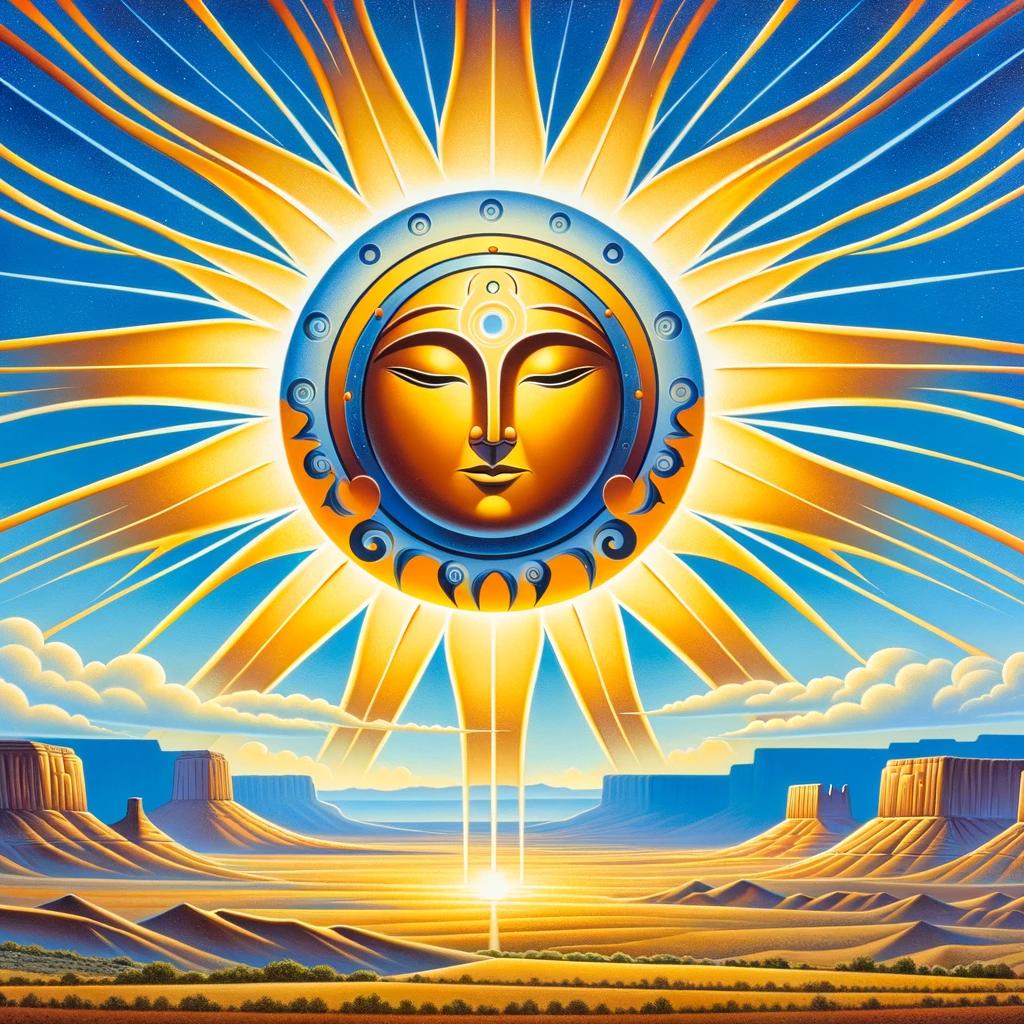Bhutanese Mythology: Unveiling the Mystical Creatures of Bhutan

Bhutanese mythology is a rich tapestry of mythical creatures that play an integral role in the culture and spirituality of Bhutan. From revered dragons to legendary snow lions and sacred tigers, these beings symbolize positive qualities and act as guardians in Bhutanese belief.
This article explores the symbolism and significance of these mythical creatures, as well as their portrayal in art, festivals, and everyday life. Discover the enchanting world of Bhutanese mythology and the cultural heritage it holds.
The Symbolic Dragon in Bhutanese Mythology
The mythology of Bhutan features the majestic and revered creature known as the dragon. In Bhutanese beliefs, dragons play a significant role and hold symbolic representations that are deeply ingrained in the country’s culture and spirituality.
Role and Representation of the Dragon
The dragon is regarded as a powerful guardian and symbolizes various virtues in Bhutanese mythology. It represents strength, wisdom, and enlightenment, embodying the overcoming of negative aspects in existence. Furthermore, the dragon is seen as a protector and catalyst for spiritual growth and transformation.
Mythological Origins and Symbolism
The origins of the dragon in Bhutanese mythology trace back to ancient legends and folklore. It is believed that dragons have the ability to control the weather and possess immense supernatural powers.
The symbolism associated with dragons includes prosperity, abundance, and the awakening of one’s true potential.
The Dragon as the Guardian of Bhutan
In Bhutan, the dragon holds a special place as the symbolic guardian of the country. It is revered and worshipped, and its presence can be seen throughout Bhutanese culture and traditions.
The dragon is also depicted in the national flag and anthem, reflecting its significance in the national identity of Bhutan.
The Legendary Snow Lion in Bhutanese Mythology
Depiction and Meaning of the Snow Lion
The Snow Lion holds a significant place in Bhutanese mythology, representing power, strength, and fearlessness.
Depicted as a majestic white lion with a flowing mane, the Snow Lion embodies the virtuous qualities of wisdom and courage. It symbolizes purity and is often associated with mountains, representing its connection to the sacred landscapes of Bhutan.
The Snow Lion’s physical appearance reflects its mythical nature, captivating the imagination and inspiring awe in those who encounter its depiction.
Snow Lion as a Protector and Supporter
In Bhutanese mythology, the Snow Lion is considered a divine protector and supporter, taking on the role of safeguarding important spiritual figures and teachings. It is believed to assist in spiritual practices and guide individuals towards enlightenment.
As a symbol of resilience and benevolence, the Snow Lion is revered as a guardian of the Buddhist faith and embodiment of positive virtues for the people of Bhutan.
Snow Lion’s Connection with Bhutanese Spiritual and Secular Life
The Snow Lion is deeply interwoven into the fabric of Bhutanese spiritual and secular life. It is often depicted alongside the Buda, representing its loyal support and devotion. The Snow Lion’s presence can be seen in various Buddhist paintings, sculptures, and religious rituals, affirming its significance within Bhutanese culture.
Beyond its spiritual connotations, the Snow Lion also symbolizes the harmonious coexistence of spirituality and everyday life in Bhutan, emphasizing the importance of leading a virtuous and meaningful existence.
The Sacred Tiger in Bhutanese Mythology
In the rich tapestry of Bhutanese mythology, the tiger occupies a significant place, representing various symbolic qualities and playing a prominent role in Bhutanese Buddhist practices and beliefs.
Tiger Symbolism and Associations in Bhutan
- The tiger is a powerful symbol of strength, courage, and fearlessness in Bhutanese culture.
- It represents the wild and untamed aspects of nature, embodying both danger and protection.
- Tigers are associated with bravery, resilience, and the ability to overcome obstacles, inspiring individuals to tap into their innate strength.
Tiger’s Representation of Awareness and Goodness
Within the context of Bhutanese mythology, the tiger symbolizes heightened awareness and goodness, highlighting the importance of cultivating positive qualities.
It serves as a reminder of the value of self-awareness, mindfulness, and compassion in one’s spiritual journey.
Tiger’s Role in Bhutanese Buddhist Practices and Beliefs
- The tiger is linked to the practice of Buddhism in Bhutan, reflecting the path towards enlightenment and the development of virtuous qualities.
- In Buddhist iconography, tigers are often depicted alongside deities and bodhisattvas, signifying their protective and transformative influences.
- In rituals and ceremonies, the tiger is invoked to ward off malevolent spirits and obstacles on the path to spiritual growth.
The sacred significance of the tiger in Bhutanese mythology extends beyond its physical form, embodying a spiritual and transformative force that encourages individuals to embrace courage, self-awareness, and compassion in their quest for inner peace and enlightenment.
Other Mythical Creatures in Bhutanese Mythology
Exploring the rich tapestry of Bhutanese mythology reveals a diverse range of enchanting creatures beyond the dragons, snow lions, and tigers. These mythical beings play significant roles in the cultural and spiritual landscape of Bhutan.
Garuda: Mythical Bird and Protector
In Bhutanese mythology, the Garuda is a semi-divine creature resembling a bird and is often depicted as an enemy of snakes. Mythological tales recount the Garuda’s appearance in the Buddha’s previous lives and its prominence in the Bon religion, one of Bhutan’s major faiths.
Garudas are considered important deities and are revered as guardians of hidden treasures.
Takin: Sacred Animal of Bhutan
An intriguing creature that holds a sacred place in Bhutanese culture is the Takin. With the head of a goat and the body of a cow, legends tell the story of a revered mad saint, known as the “Divine Madman,” who transformed himself into a powerful bull, solidifying the takin’s status as Bhutan’s national animal.
This fascinating creature is protected by law and cherished as a symbol of spiritual power.
Other Mythical Beings in Bhutanese Folklore
Beyond the Garuda and Takin, Bhutanese folklore is brimming with captivating mythical beings. While many tales and creatures remain shrouded in mystery, their influence on Bhutanese traditions and beliefs is undeniable.
These lesser-known creatures contribute to the enchanting tapestry of Bhutanese mythology and add depth to the country’s cultural heritage.
Bhutanese Mythology in Art, Festivals, and Everyday Life
Bhutanese mythology is not just confined to ancient tales, but it also finds expression in various forms of art. Depictions of mythical creatures in Bhutanese art showcase the rich cultural heritage and belief systems of the country.
Artists skillfully capture the essence of dragons, snow lions, tigers, and other mythical beings, bringing them to life on canvas or in sculptures. These artistic representations serve as a visual reminder of the sacred and revered status of these creatures in Bhutanese mythology.
Depiction of Mythical Creatures in Bhutanese Art
In Bhutanese art, the intricate details and vibrant colors of mythical creatures are meticulously portrayed. Dragons are often depicted with scales, fiery tongues, and majestic wings, symbolizing power and wisdom.
Snow lions are painted with a regal demeanor, reflecting their role as protectors and supporters. Tigers are captured in lively brushstrokes, embodying qualities of awareness and goodness. These depictions not only showcase the artistic skills of Bhutanese craftsmen but also convey the cultural significance and reverence for these mythical beings.
Role of Mythology in Bhutanese Festivals
Bhutanese festivals, known as Tshechus, are vibrant and joyous celebrations that blend religious and cultural traditions. Mythology plays a crucial role in these festivals, with performances and dances dedicated to various mythical creatures.
Masks representing dragons, snow lions, and other beings are worn by monks and dancers during these festivities. These masked dances, known as cham dances, are believed to ward off evil spirits and bring blessings to the community.
By incorporating mythology into their festivals, Bhutanese people honor their heritage and reinforce their spiritual beliefs.
Incorporation of Mythological Symbols in Daily Life
Mythological symbols permeate everyday life in Bhutan, creating a deep connection between mythology and the fabric of society. From architectural designs of temples and monasteries adorned with dragon motifs to traditional attire and jewelry inspired by mythical creatures, Bhutanese people incorporate these symbols as a way of expressing their cultural identity and spiritual beliefs.
Even household items, such as prayer flags and thangka paintings, depict mythical beings, serving as reminders of the interconnectedness between the spiritual and secular realms. The integration of mythological symbols in daily life reflects the enduring influence of Bhutanese mythology in shaping traditions and values.
The rich and enchanting mythological heritage of Bhutan is a treasured aspect of the country’s cultural identity. Efforts are made to preserve and promote Bhutanese mythology to ensure its longevity and continued significance.
Preservation and Promotion of Bhutanese Mythological Heritage
Various measures are undertaken to safeguard Bhutanese mythological heritage. These include:
- Documenting and archiving mythological stories, artwork, and artifacts
- Promoting research and academic studies on Bhutanese mythology
- Establishing dedicated museums and cultural centers to showcase mythological elements
- Encouraging the passing down of mythological knowledge through oral traditions and storytelling
Impact of Mythology on Bhutanese Identity and Beliefs
Bhutanese mythology plays a significant role in shaping the cultural identity and belief systems of the Bhutanese people.
It fosters a sense of belonging and connection to their ancestral roots. The influence of mythology can be observed in:
- Religious practices and rituals
- Artistic expressions and craftsmanship
- Traditional ceremonies and festivals
- Interpretation of natural phenomena and landscapes
Appreciating the Cultural Significance of Bhutanese Mythology
Understanding and valuing the cultural significance of Bhutanese mythology is crucial for fostering appreciation and respect for this ancient tradition.
By recognizing the profound messages, moral teachings, and spiritual insights embedded in mythological narratives, individuals can develop a deeper connection with the Bhutanese culture and its inherent wisdom.
.

